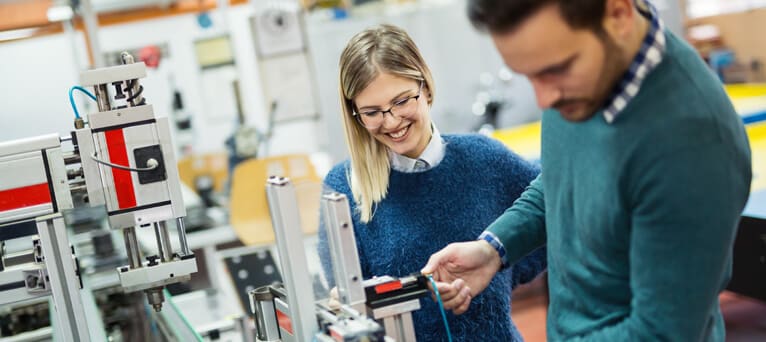*The difference between international and UK fee rate will be covered by the University of Edinburgh for successful candidates*
Supervisors: A. Jeyaprakash Arulanandam, Institute of Cell Biology, School of Biological Sciences, University of Edinburgh ([Email Address Removed]) and Yong Wang, College of Life Sciences, Zhejiang University ([Email Address Removed])
An MSc degree is not a requirement.
Project details
Cell division is a fundamental biological process essential for organismal growth and repair. Understanding the molecular mechanisms of accurate chromosome segregation is crucial as defects in this process often result in daughter cells with inappropriate chromosome number, a state called aneuploidy which is a hallmark of cancer. To ensure accurate cell division, the genetic information which is in the form chromosomes needs to be distributed equally to the newly formed daughter cells. Some of the key molecular processes essential for error-free chromosome segregation are: (i) physical attachment of chromosomes to the microtubule-based segregation machinery called the mitotic spindle and (ii) holding the sister chromatids together until all chromosomes (sister chromatid pairs) establish biorientation, where sister chromatids attach to microtubules emanating from opposite spindle poles. These processes are tightly regulated, both in space and time, by intricate protein interaction networks involving several multi-subunit protein assemblies such as the Chromosomal Passenger Complex, Cohesin, protein phosphatases, PP2A/B56. However, precise structural understanding of how these key players interact with and regulate each other remains unclear. One of the major challenges limiting the structural characterisation of these protein complexes is that the protein subunits constituting them are generally modular in nature with more than one globular domains connected by intrinsically unstructured linker regions, thus conferring flexibility and conformational heterogeneity. To overcome this, this project will employ an integrative structural modelling approach by combining experimental structural biology methods, such as X-ray crystallography, cryogenic electron microscopy (cryoEM), small angle X-ray scattering (SAXS), and cross-linking mass spectrometry (CLMS), with computational techniques including ab-initio structure prediction, molecular docking, multiscale modelling and molecular dynamics simulations. These structural analyses will allow us to perturb specific intermolecular interactions in vitro and in human cell lines (functional rescue assays) to evaluate the roles of specific intermolecular interactions in achieving accurate chromosome segregation. Overall, this integrative structure-function approach will provide novel mechanistic insights into the regulation of chromosome segregation.
PI Websites:
Jeyaprakash Arulanandam https://jeyaprakash.bio.ed.ac.uk
Yong Wang https://person.zju.edu.cn/en/yongwangISB
The School of Biological Sciences is committed to Equality & Diversity
The “Institution Website” button will take you to our online Application Checklist. From here you can formally apply online via EUCLID.

 Continue with Facebook
Continue with Facebook




